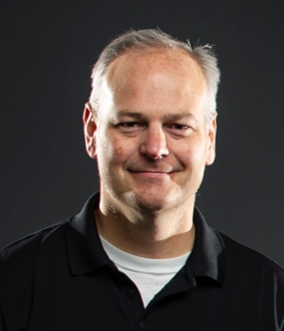About the Seminar:
Hybrid organic/inorganic semiconductors (HOIS) offer tremendous opportunities to control fundamental properties that underpin energy technologies. While currently there are enormous worldwide efforts exploring, exploiting and improving a narrow class of HOIS (lead-halide perovskites, such as methylammonium lead iodide (MAPbI3)), primarily for photovoltaic (PV) applications, an opportunity exists to transcend this initial focus on PV research and seek deeper understanding and control of their fundamental properties. Inherent in these unique hybrid systems is the dichotomy between organic/molecular moieties and inorganic/extended systems. As a result, they exhibit properties that are not solely a juxtaposition of the inorganic and organic sub-units, but are instead truly emergent phenomena, with the concomitant ability to control and design new properties by judicious choice of inorganic and organic components. There is thus an opportunity, as we gain understanding, to design and develop new hybrid systems with exceptional functionalities that go beyond, but yet are inspired by the MAPbI3 system. In this presentation I will discuss our studies of controlling the charge carrier dynamics, light/matter interactions, and spin populations in these novel systems.
About the Speaker:
Matthew C. Beard is a Senior Research Fellow at the National Renewable Energy Laboratory and is Director of the Center for Hybrid Organic Inorganic Semiconductors for Energy (CHOISE) an Energy Frontier Research Center funded by the Office of Science within the US. Department of Energy. He received his Ph.D. from Yale University in 2002. His research interest includes hot-carrier utilization (slowed hot-carrier cooling and multiple exciton generation), quantum dots and other reduced dimensional systems for solar energy transduction, photochemical energy conversion, and the use of ultrafast transient spectroscopies in tracking energy conversion processes.



